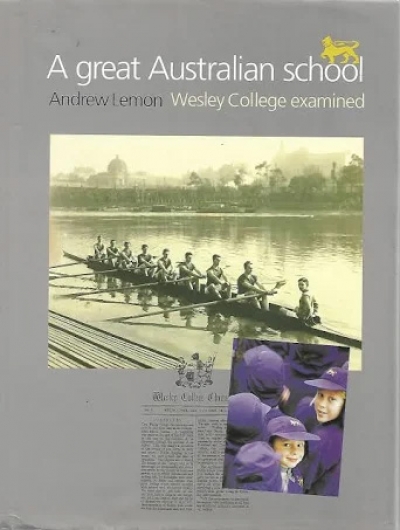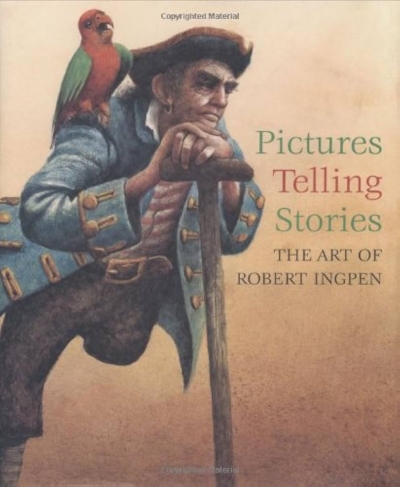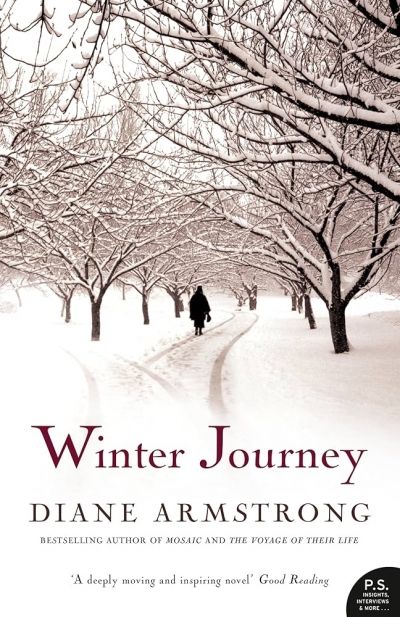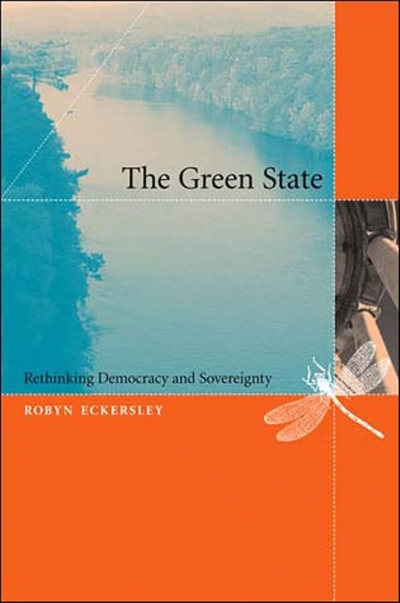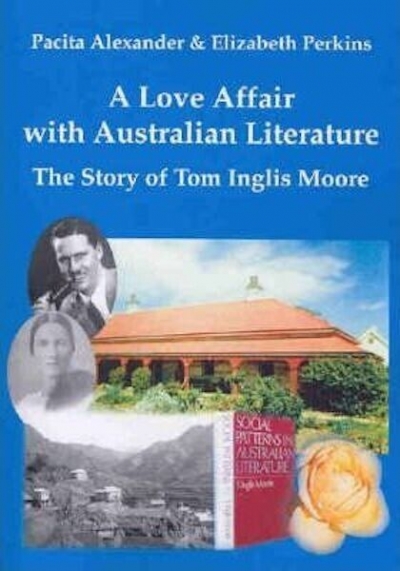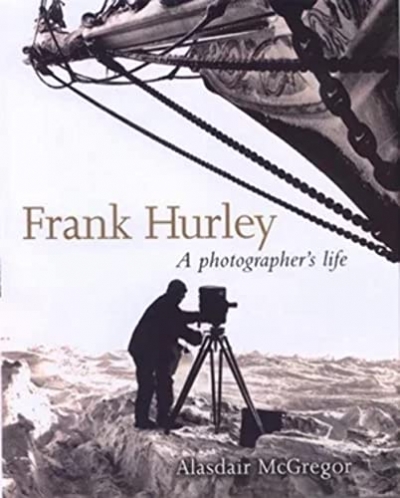Review
A Great Australian School: Wesley College examined by Andrew Lemon
by Martin Crotty •
Pictures Telling Stories by Robert Ingpen and Sarah Mayor Cox & Illustrating Children's Books by Martin Salisbury
by Margaret Robson Kett •
Encyclopedia Of Exploration 1800 To 1850 by Raymond John Howgego
by Ian Morrison •
The Green State: Rethinking Democracy and Sovereignty by Robyn Eckersley
by Emily Potter •
A Love Affair with Australian Literature: The story of Tom Inglis Moore by Pacita Alexander and Elizabeth Perkins
by Anthony J Hassall •
Australian Cinema After Mabo by Felicity Collins and Therese Davis
by John Slavin •


